Tucked away in the northern Kinki Region, away from the busy cities of Kyoto, Osaka and Kobe, are the quieter but no less attractive towns of Amanohashidate and Kinosaki Onsen. Fewer visitors make their way up north which makes the area an ideal side trip destination for those looking for a break from the busy cities. Amanohashidate and Kinosaki Onsen can be easily accessed by train, and the JR Kansai Wide Area Pass offered by JR West covers the journey from major cities like Kyoto, Osaka, Nara and Kobe. The towns are fairly compact and can be comfortably navigated on foot.



Day 1
Starting from Osaka, I got my trip rolling by taking a JR limited express to Fukuchiyama and then the Kyoto Tango Railway to Amanohashidate. The town is best known for its natural sandbar, which is considered one of the top three scenic views in Japan. Despite the cloudy skies which opened up while I was there, the view remained impressive.

My first stop at Amanohashidate was the Amanohashidate Viewland which operates as an observation deck and a mini amusement park for children. At about 130 meters above sea level, the observation deck provides visitors a bird's-eye view of the sandbar and the other end of the bay where the sandbar connects to.


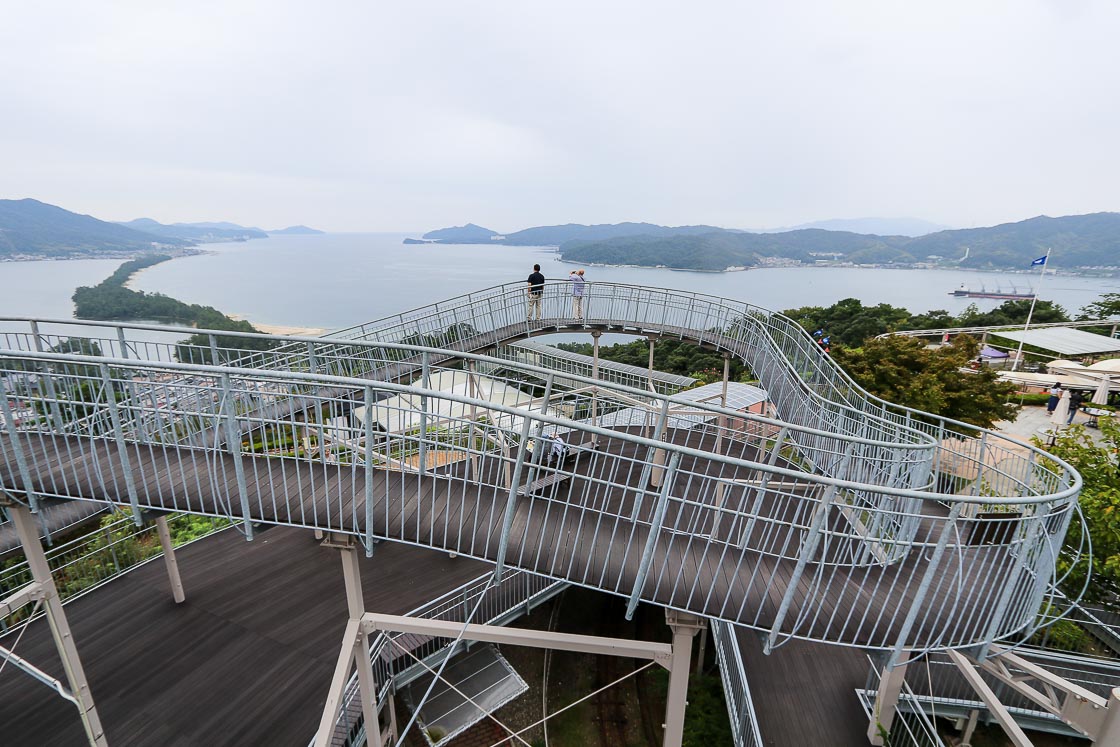
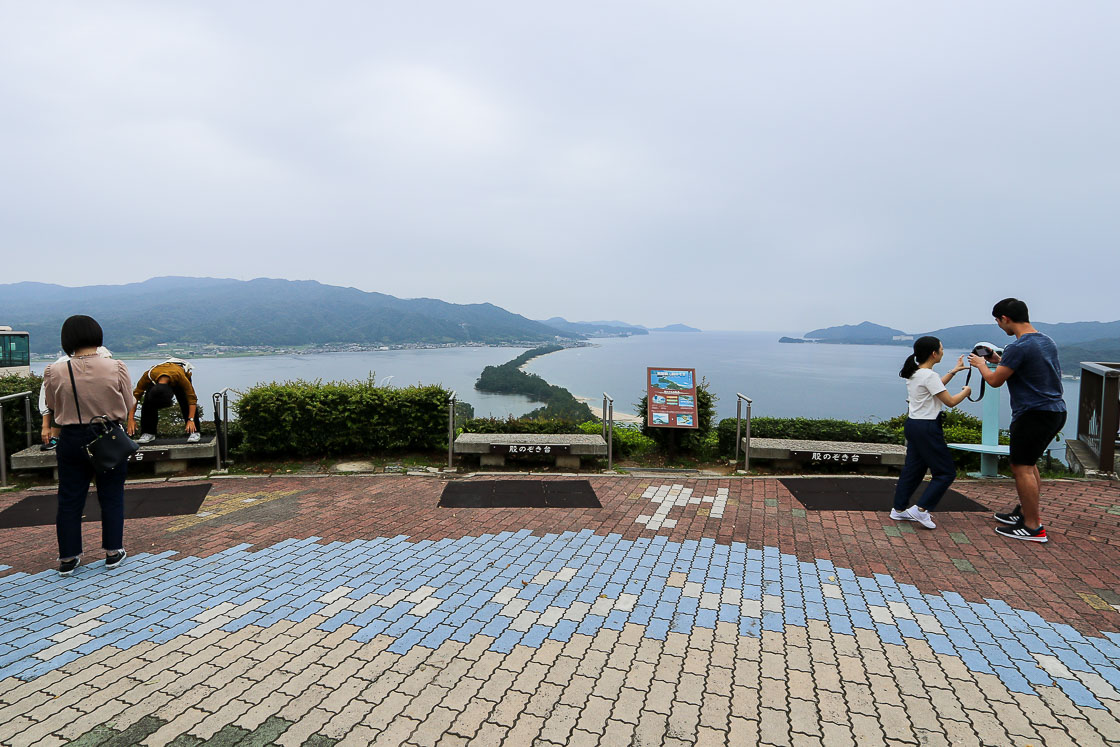
After coming down from the high, I headed to Chionji Temple near the entrance of the sandbar before continuing on. There are approximately 8000 pine trees planted on Amanohashidate and the breadth of the sandbar ranges from 20 to 170 meters. It is possible to walk across the length of the sandbar to the other side (about 3.6 kilometers and around 50 minutes one way on foot), but many groups tend to take the sightseeing boats which also provide an alternative view.




Due to time constraints, I walked a little of the sandbar before turning back for lunch. There are numerous restaurants along the main street leading to Chionji Temple but I went for Hashidate Chaya, a restaurants on the Amanohashidate Sandbar itself. With a delicious lunch under my belt, I headed back to the station to catch my train to Kinosaki Onsen.




Kinosaki Onsen is a hot spring town not far from the Sea of Japan coast. The town was founded about 1300 years ago by a Buddhist priest who was led there by a vision. Kinosaki Onsen's waters are reported to have healing properties, and historical records have shown that animals and humans have benefited from the waters. There are seven public baths at Kinosaki Onsen, and those staying overnight can enjoy free access to all of them. Those on a day-trip can purchase a pass (1200 yen) that allows entry to all the baths.





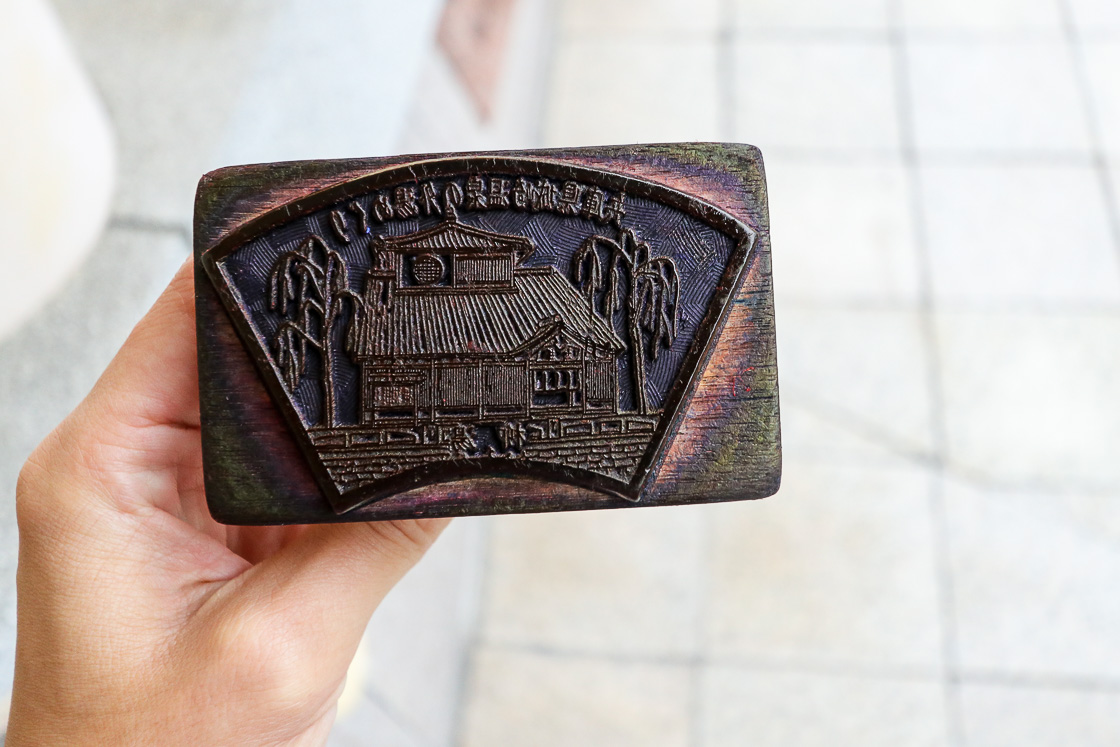
Staying overnight at one of the Japanese style inns (ryokan) in the town is a good way to experience a bit of Japanese culture, tradition and cuisine. Many visitors wear their ryokan's yukata out in the evening for a stroll in the town, visiting the shops and popping into one of the public bath houses. Being dressed in a yukata paired with traditional slippers and walking between places adds an authentic and nostalgic atmosphere which would definitely be hard to match elsewhere. Additionally, having seasonal ingredients in your meals also allows one to feel the seasons through the palate.

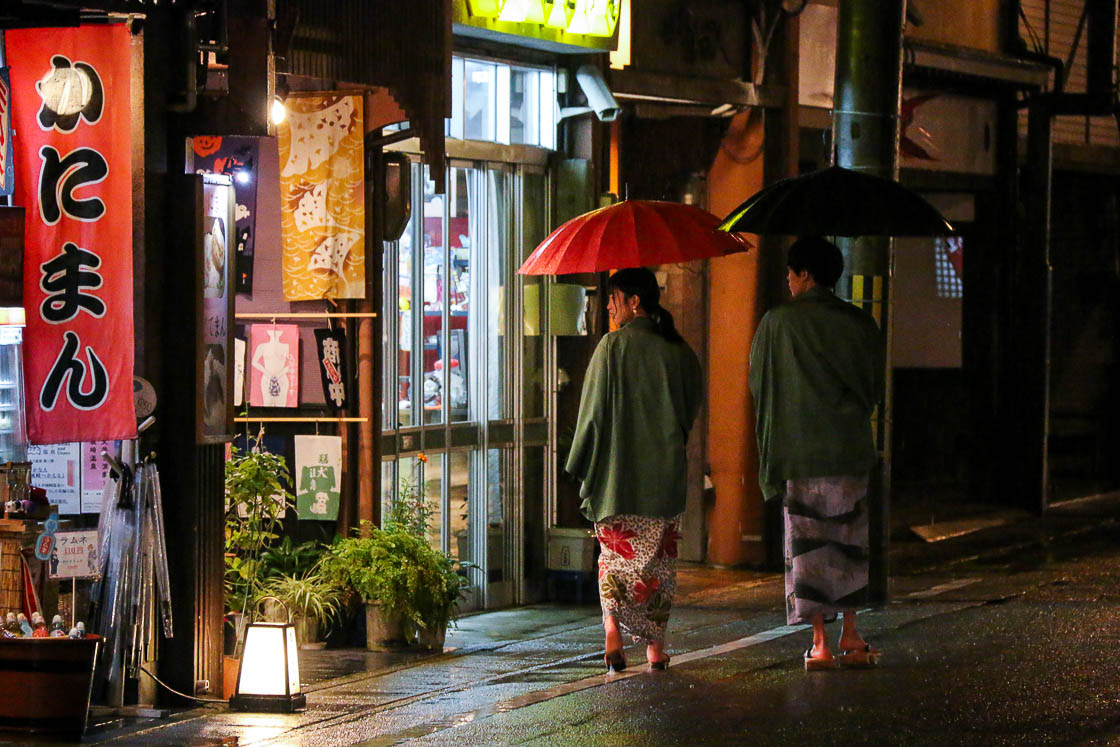


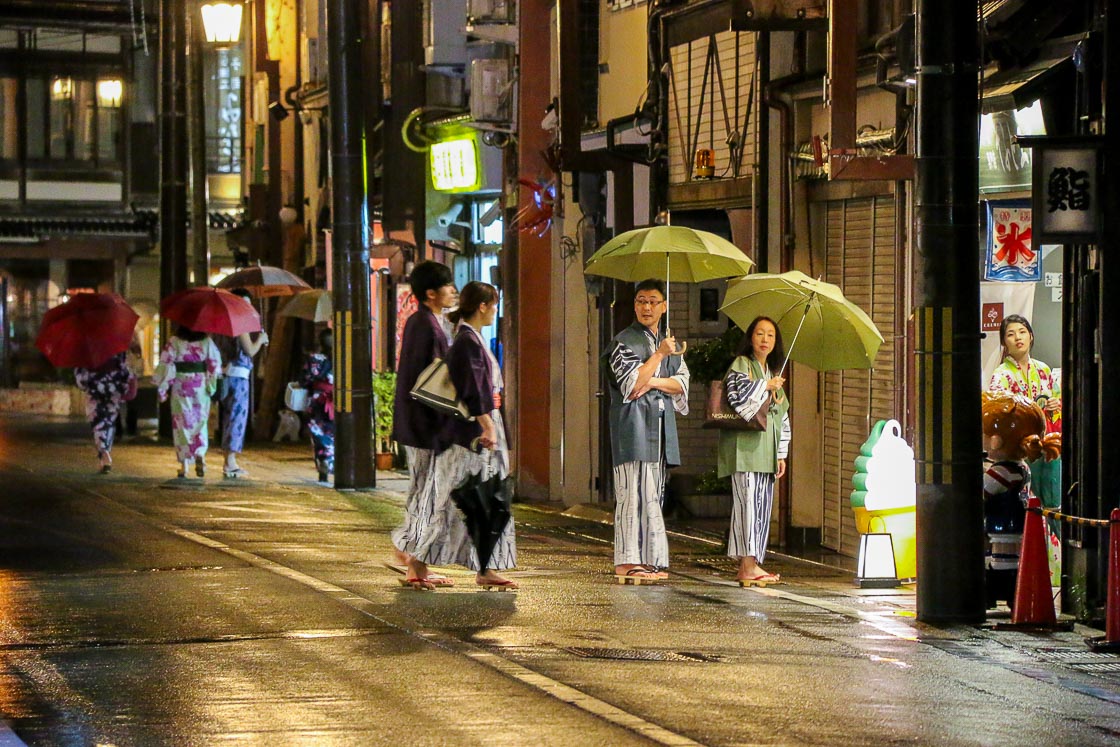
Day 2
In addition to the public bath houses and the onsen town, another attraction in Kinosaki Onsen that merits a visit is Onsenji Temple on a small mountain at the western end of the town. The temple was established as the town developed, making it one of the oldest structures in Kinosaki Onsen. Historically, those who visited the hot spring town would first pay their respects at Onsenji Temple, thanking Buddha for providing the waters and the priest who founded the town, before entering a bath.



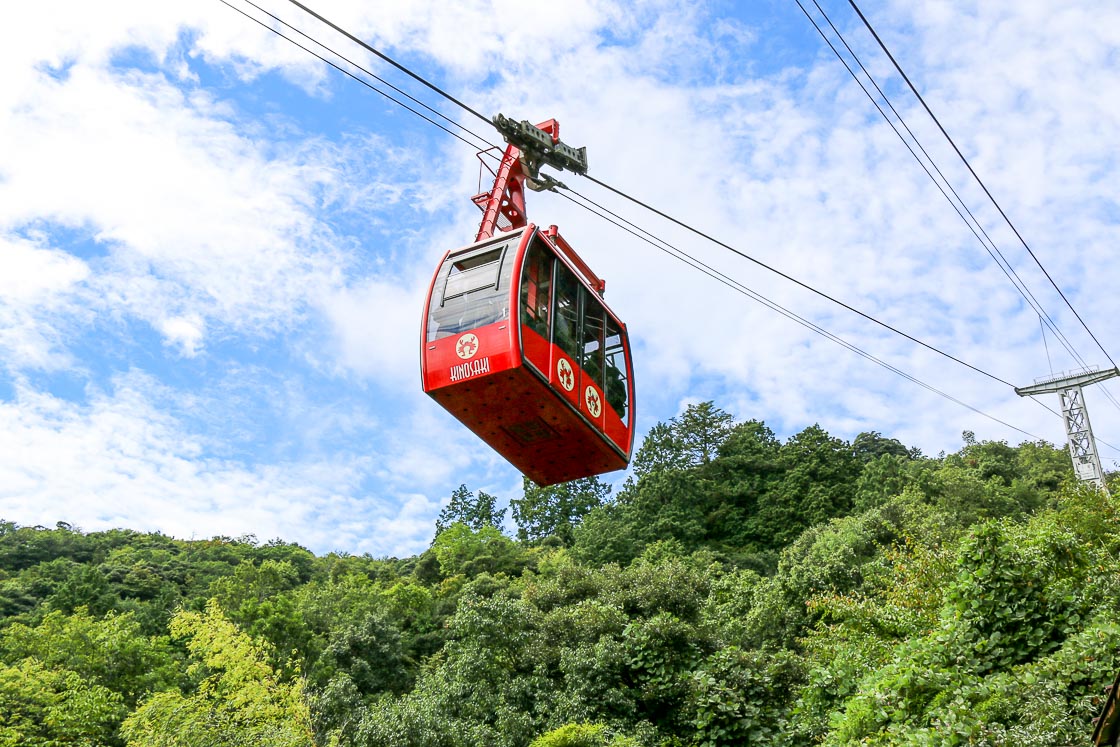
On the Onsenji Temple grounds, I also visited the Kinosaki Art Museum which exhibits historic artifacts and temple treasures. It was a cultural trip for me and one that gave me a deeper appreciation for the hot spring town below. The main hall dates back about 600 years and houses a celebrated statue of the eleven-headed Kannon. Until April 24, 2021, visitors to the temple can see the Kannon in its entirety, an event lasting three years and which is only carried out every 33 years.
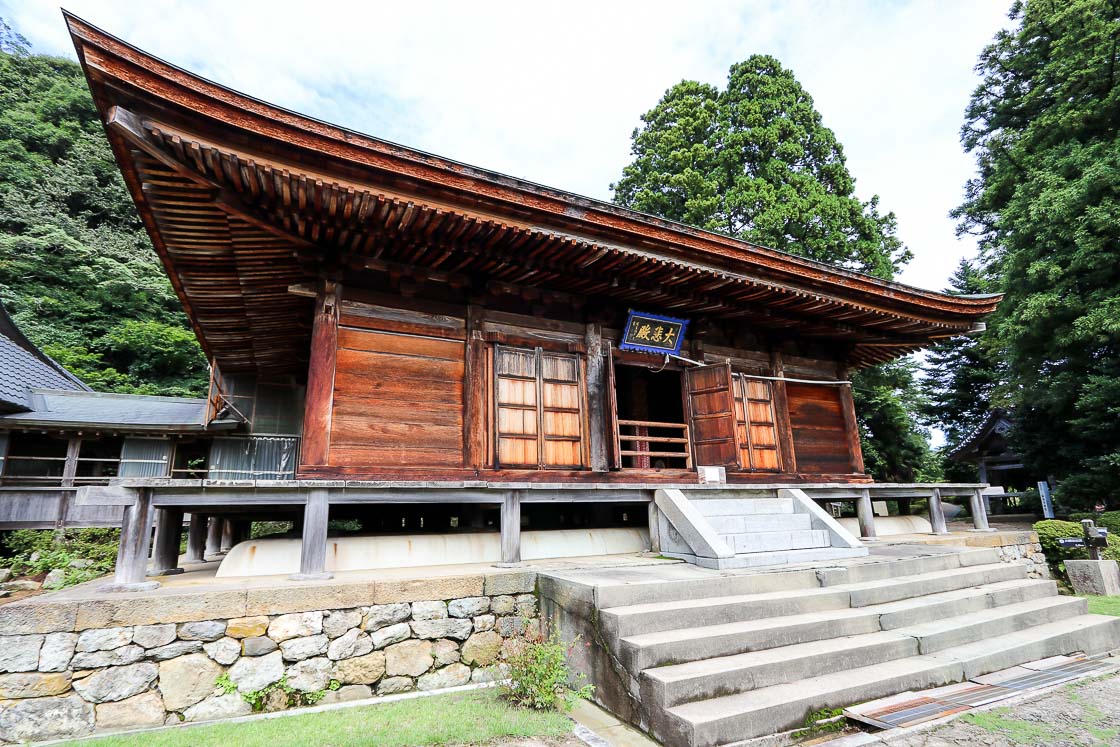



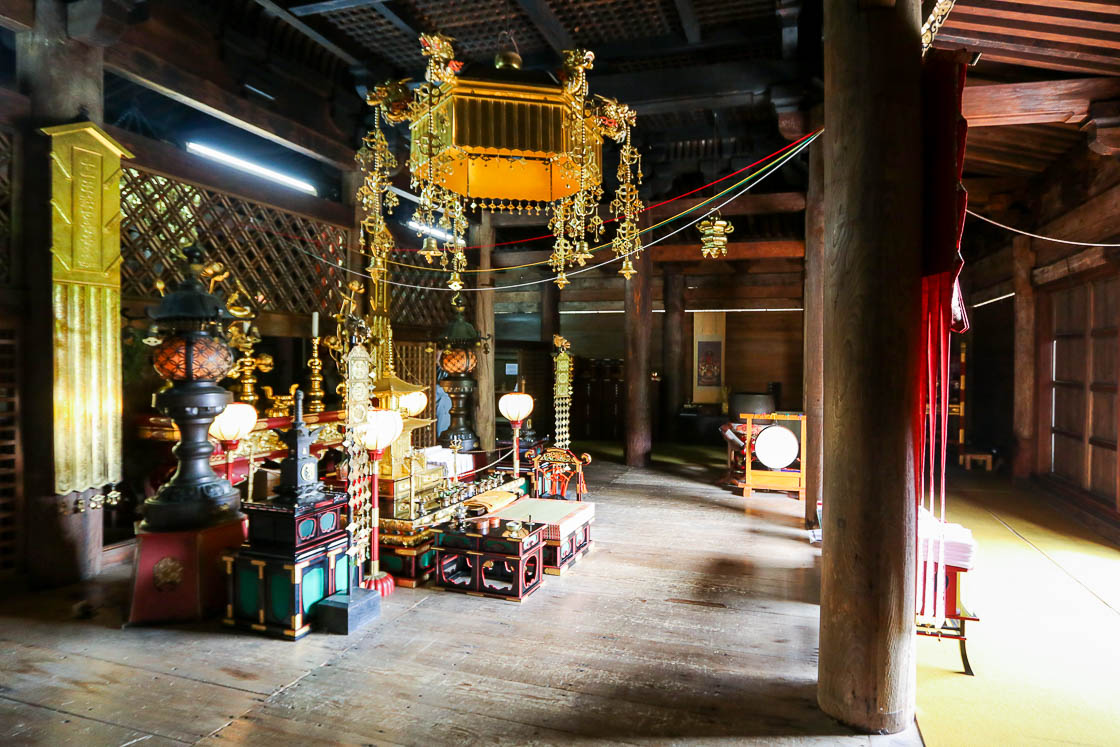
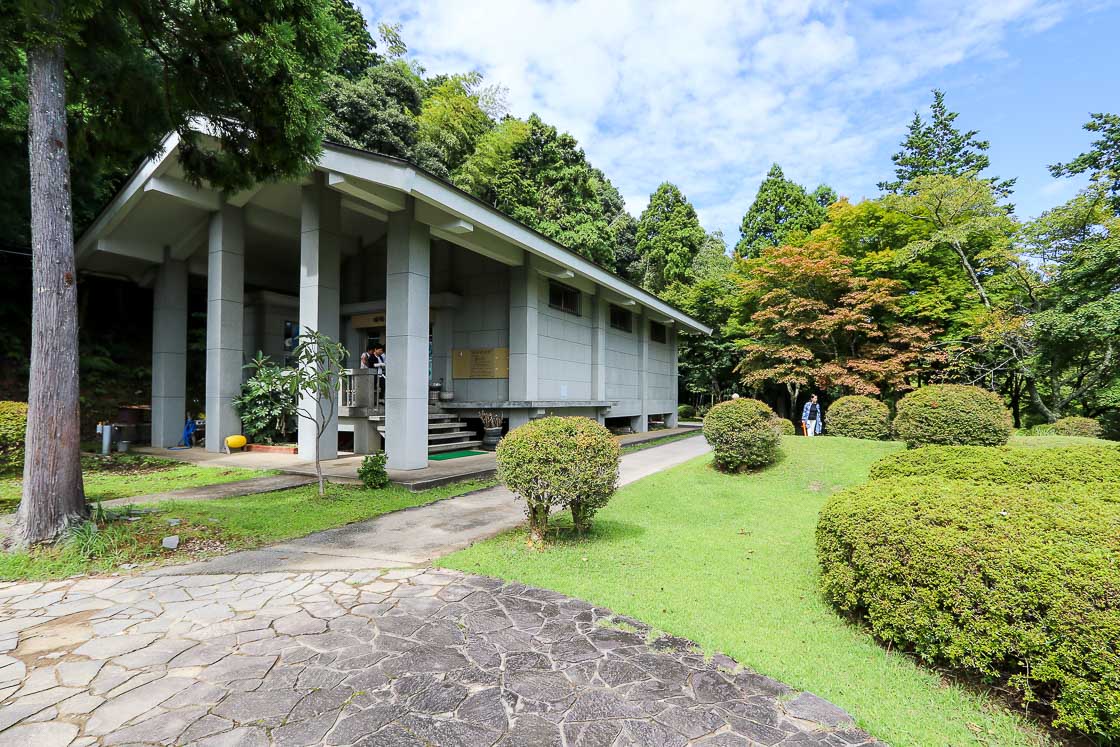


I wrapped up my trip to Kinosaki Onsen with a final walk through the town back to the station to catch my train back to Osaka. In my two days out of the city, I saw and walked on one of Japan's most scenic views at Amanohashidate, tried out almost all the public bathhouses of Kinosaki Onsen, ate several delicious meals and visited two temples. It was a refreshing short trip out of the city and definitely recommended for those who are in the Kansai Region.

Access
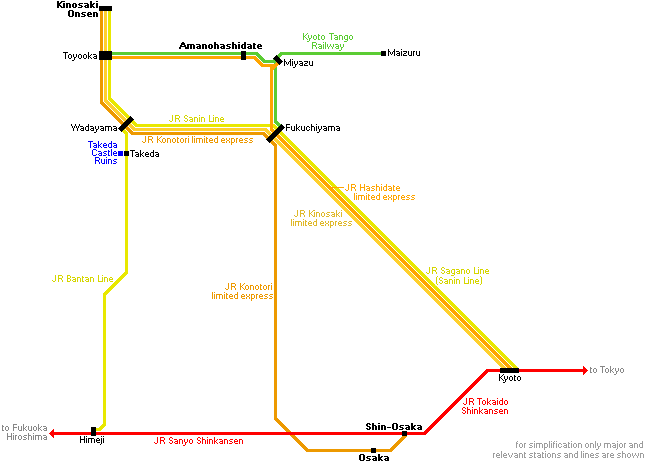
The one way journey from Osaka to Amanohashidate takes about 140 minutes and costs around 5000 yen with a transfer at Fukuchiyama, while to Kinosaki Onsen it takes about 170 minutes and costs around 5500 one way. The rides are fully covered by the JR Kansai Wide Area Pass.
The JR Kansai Wide Area Pass provides international tourists an economical way to see the Kansai Region. Valid for five consecutive days, the pass can pay off if used to visit Amanohashidate and Kinosaki Onsen in a side trip in combination with exploring Osaka, Kyoto or Kobe or separate side trips over five days. Note that unreserved seats on limited express trains are covered by the pass, but those who wish to have reserved seats will have to pay an additional fee.




